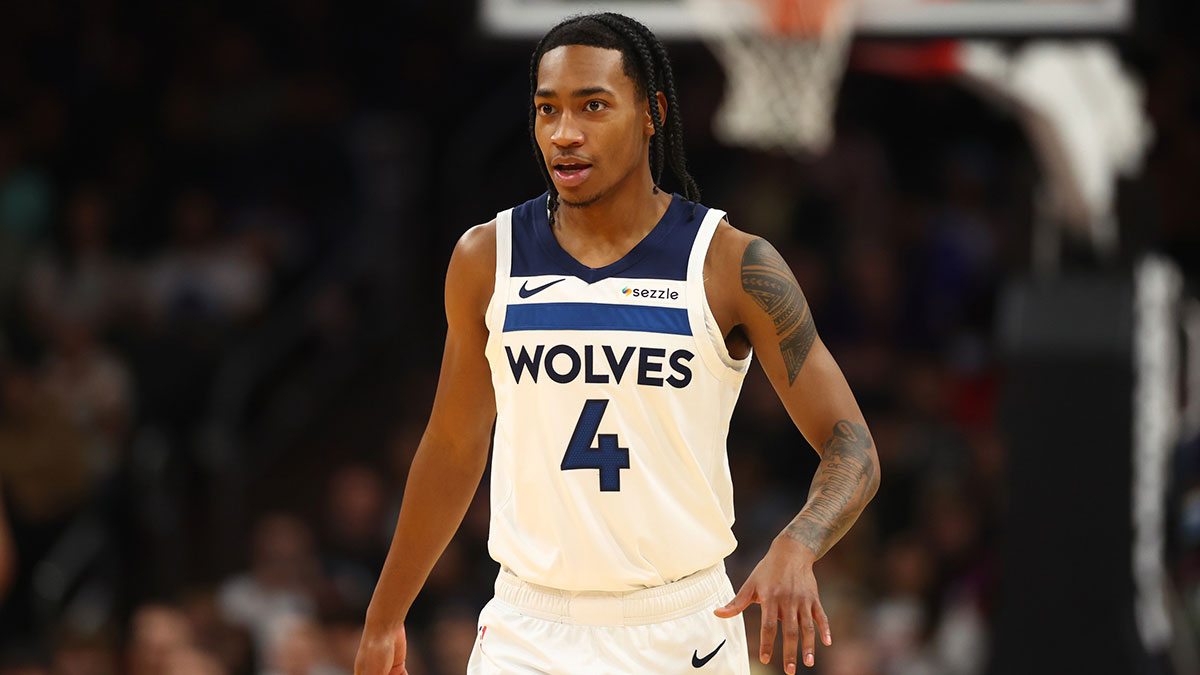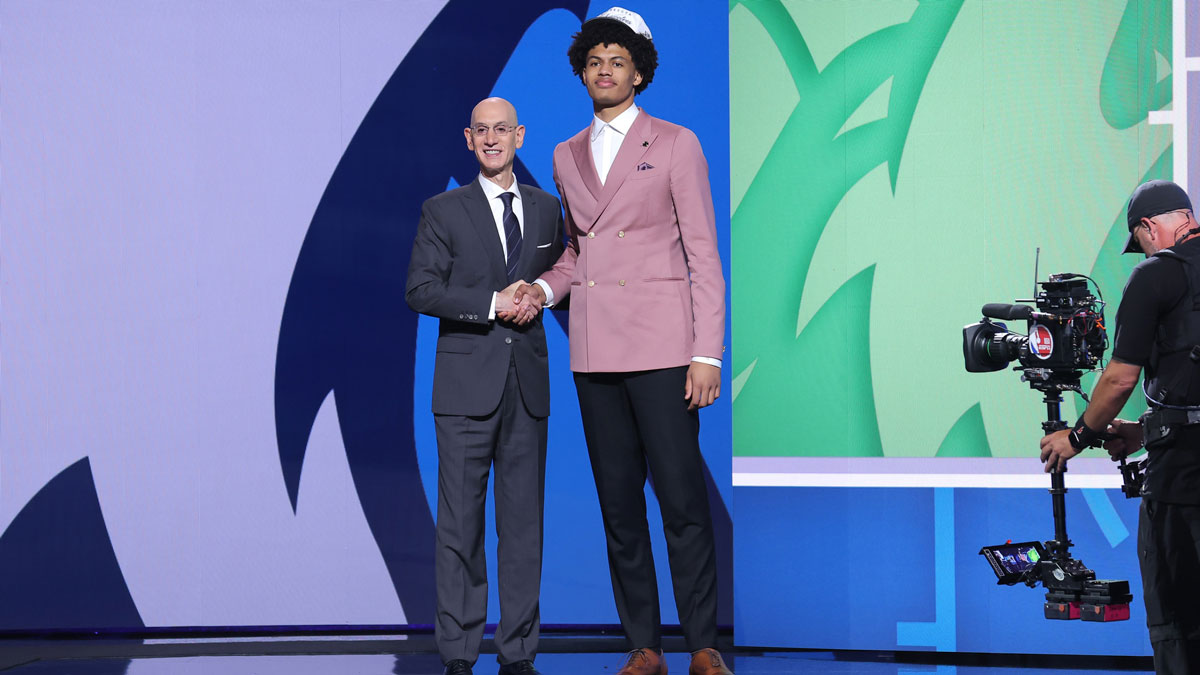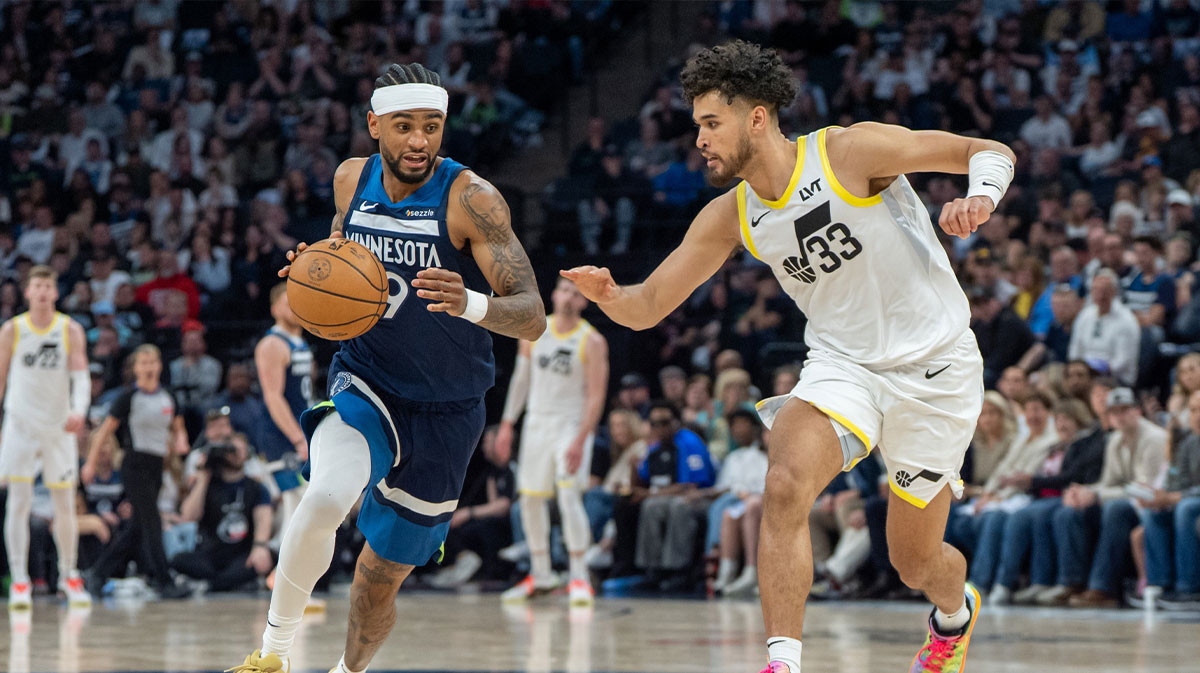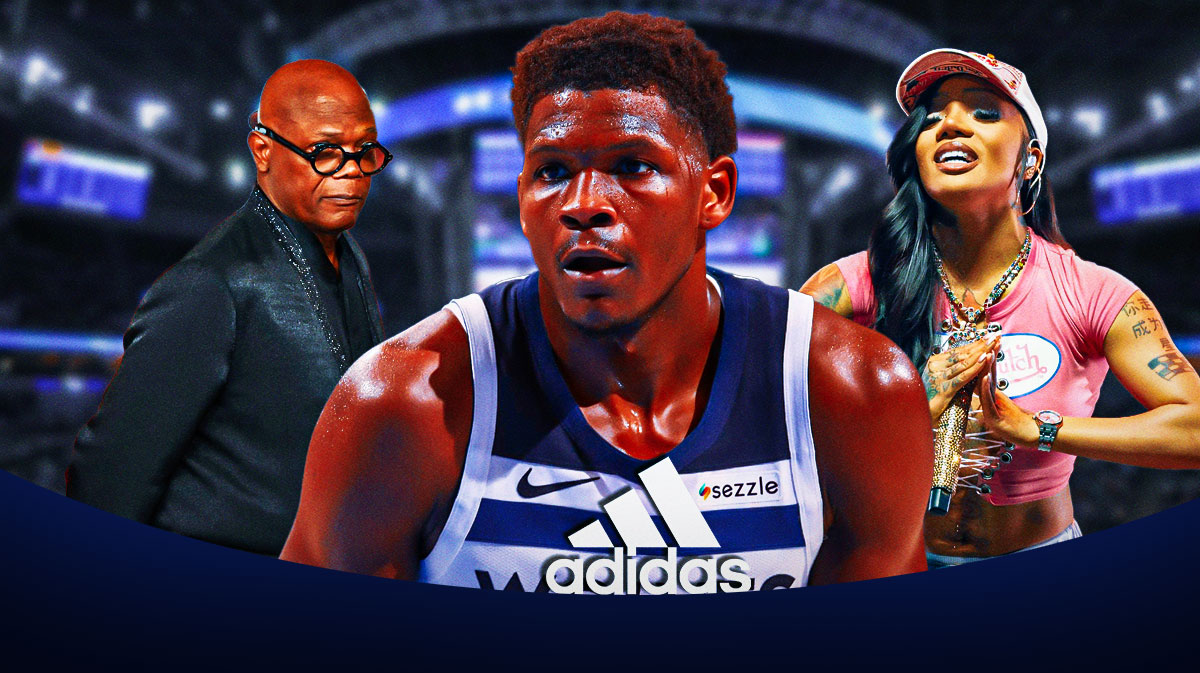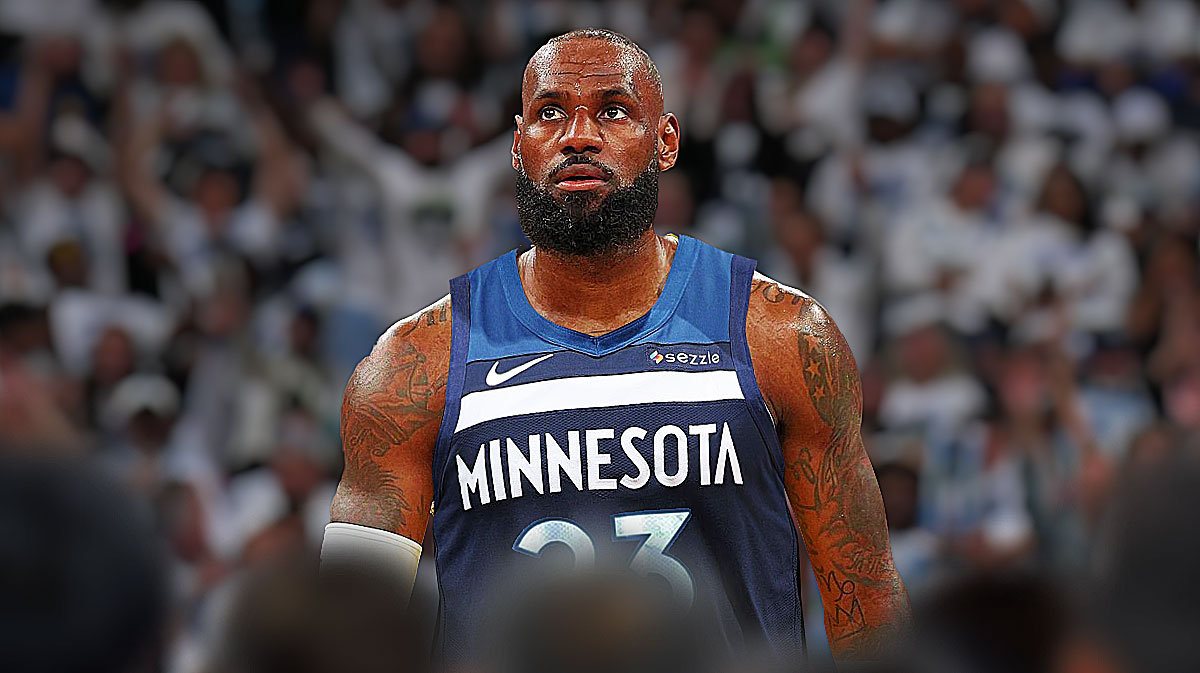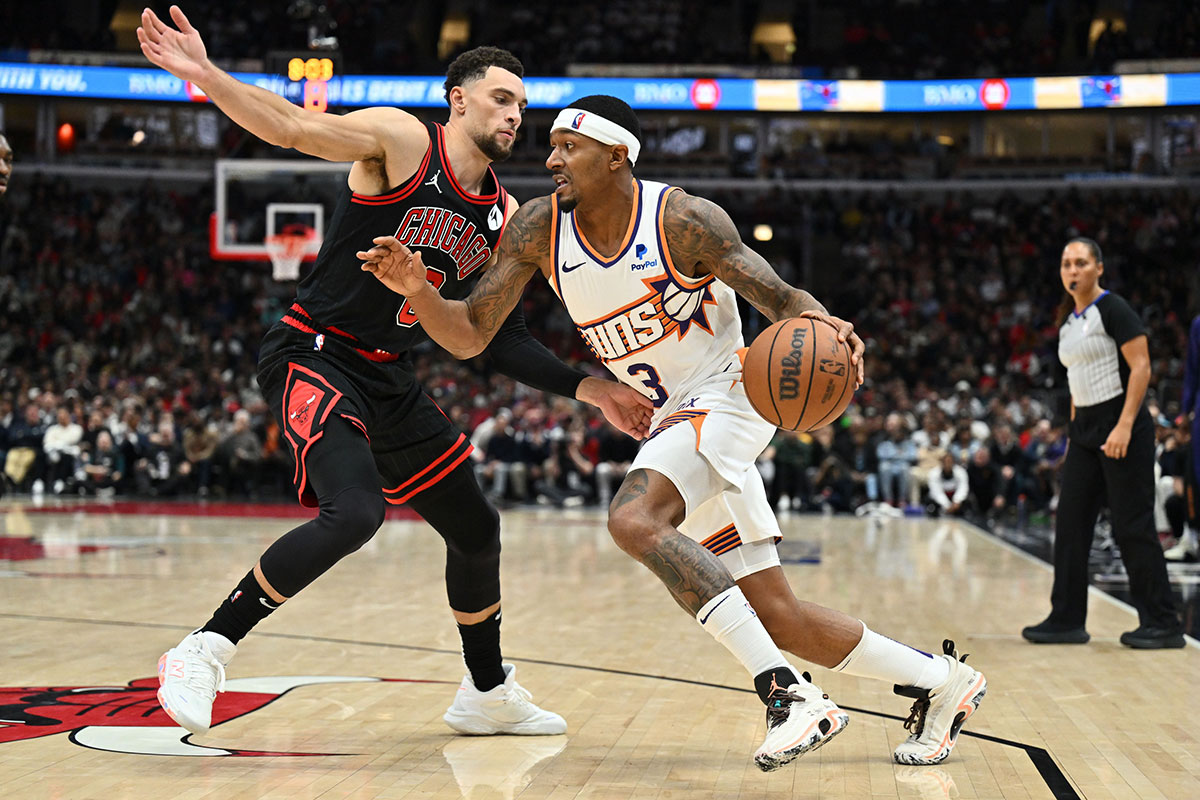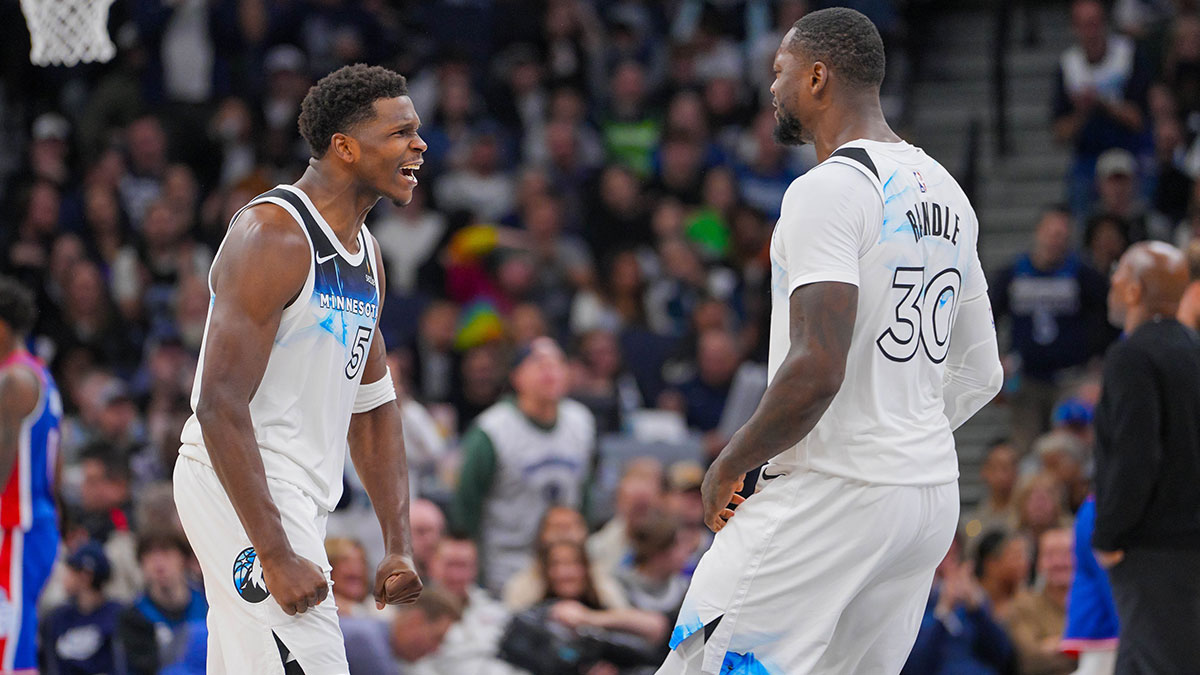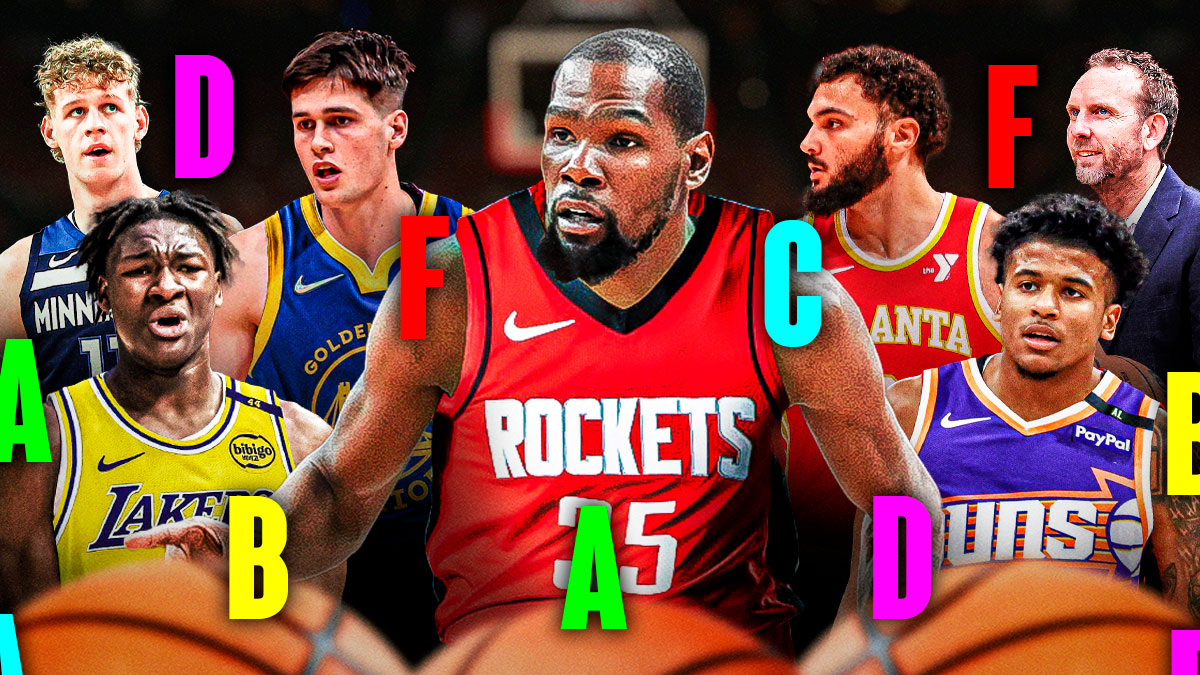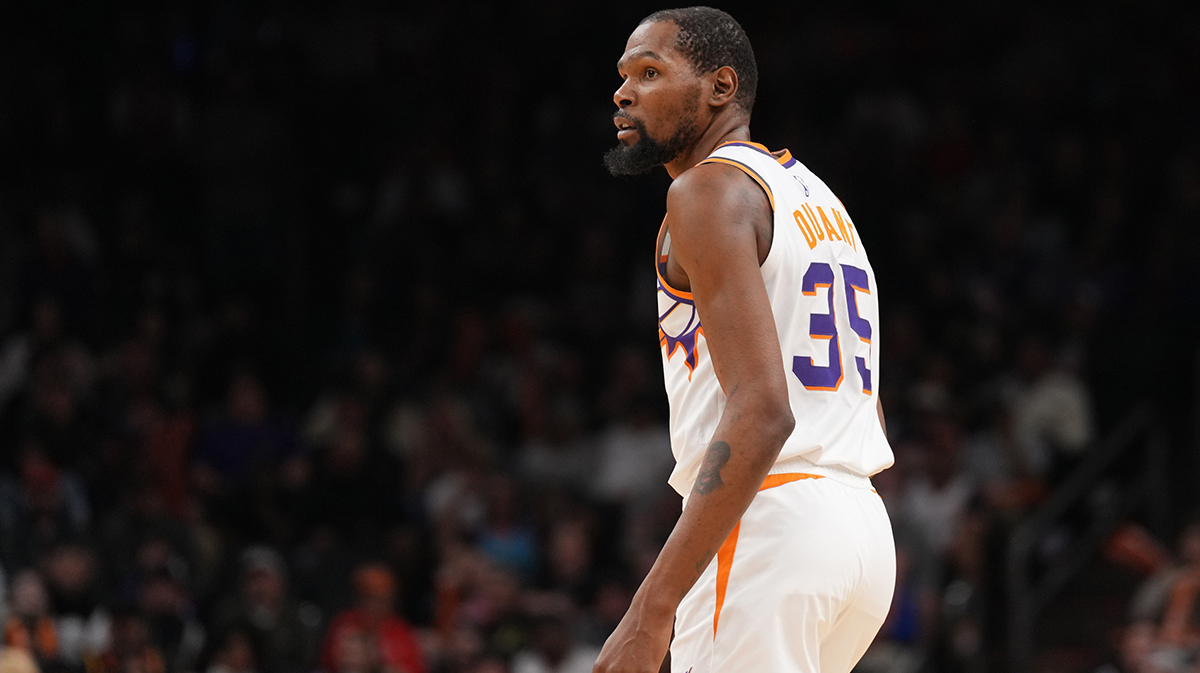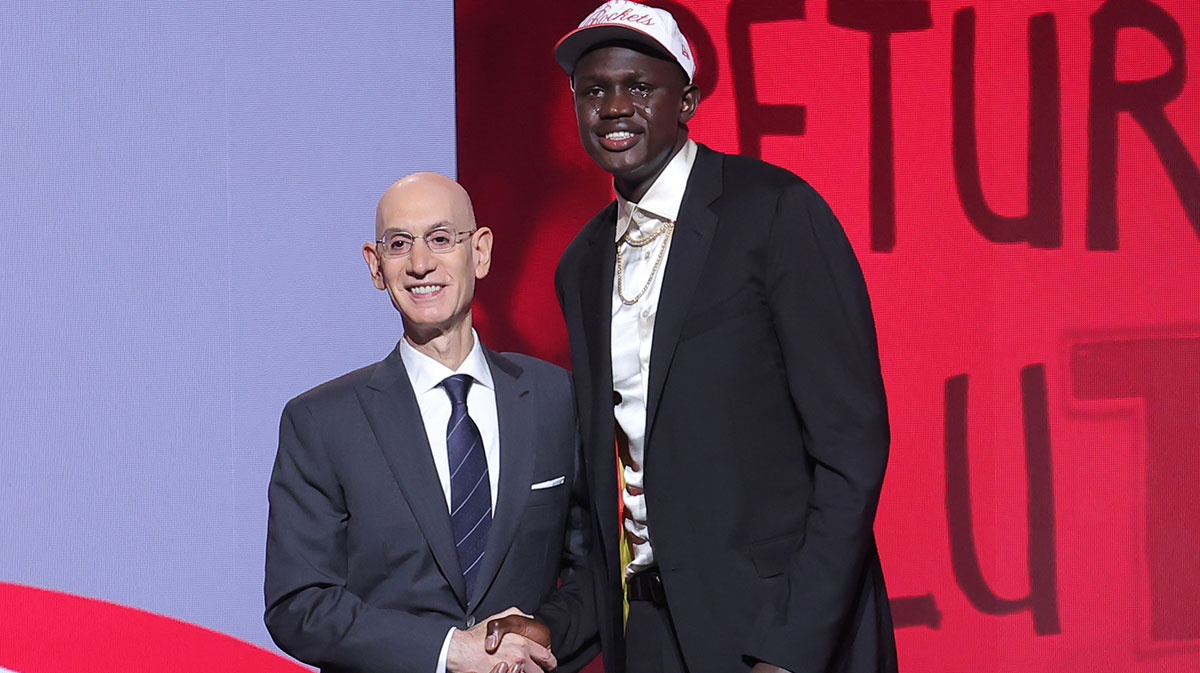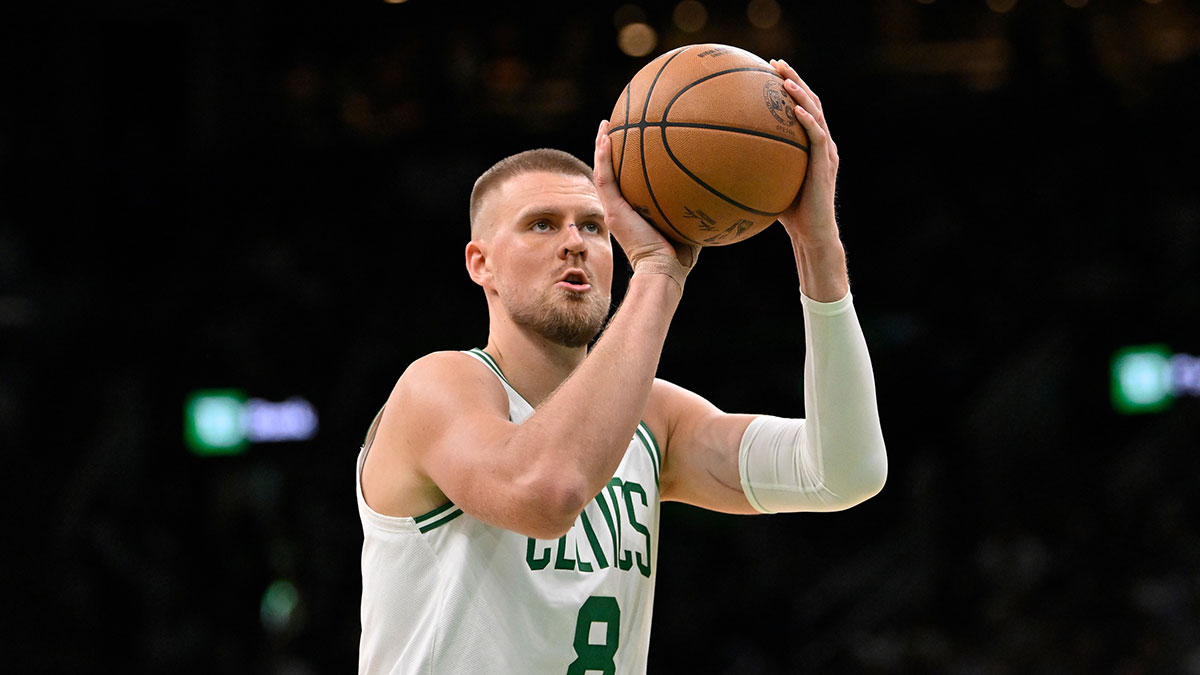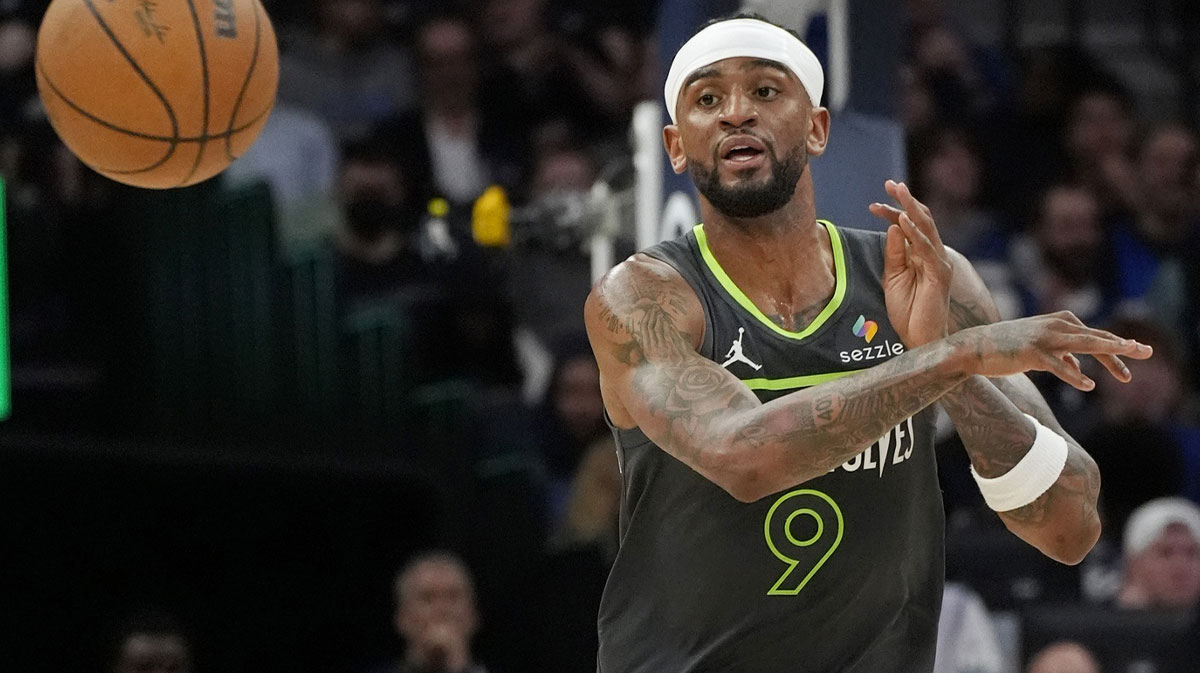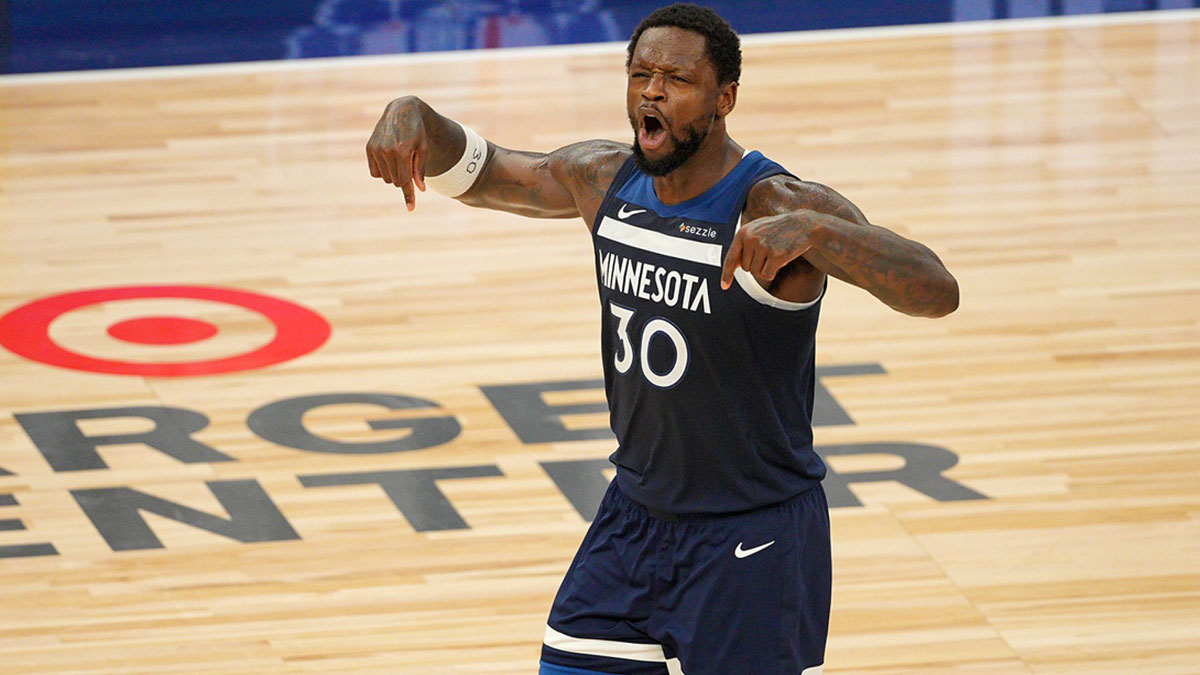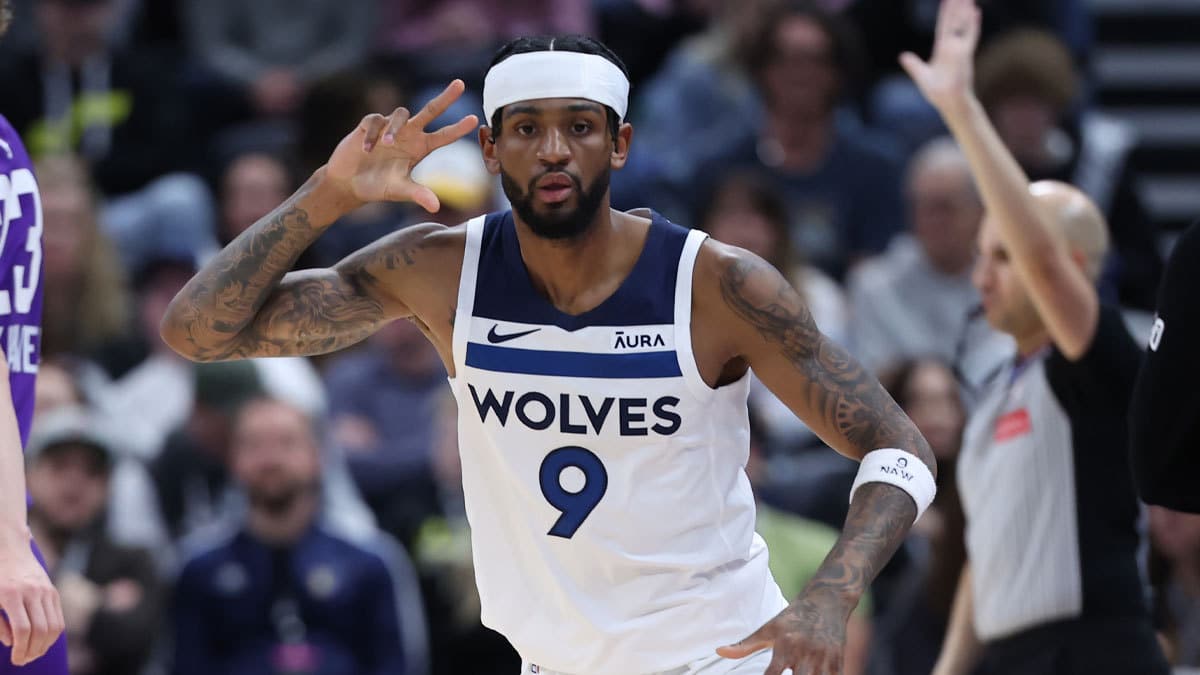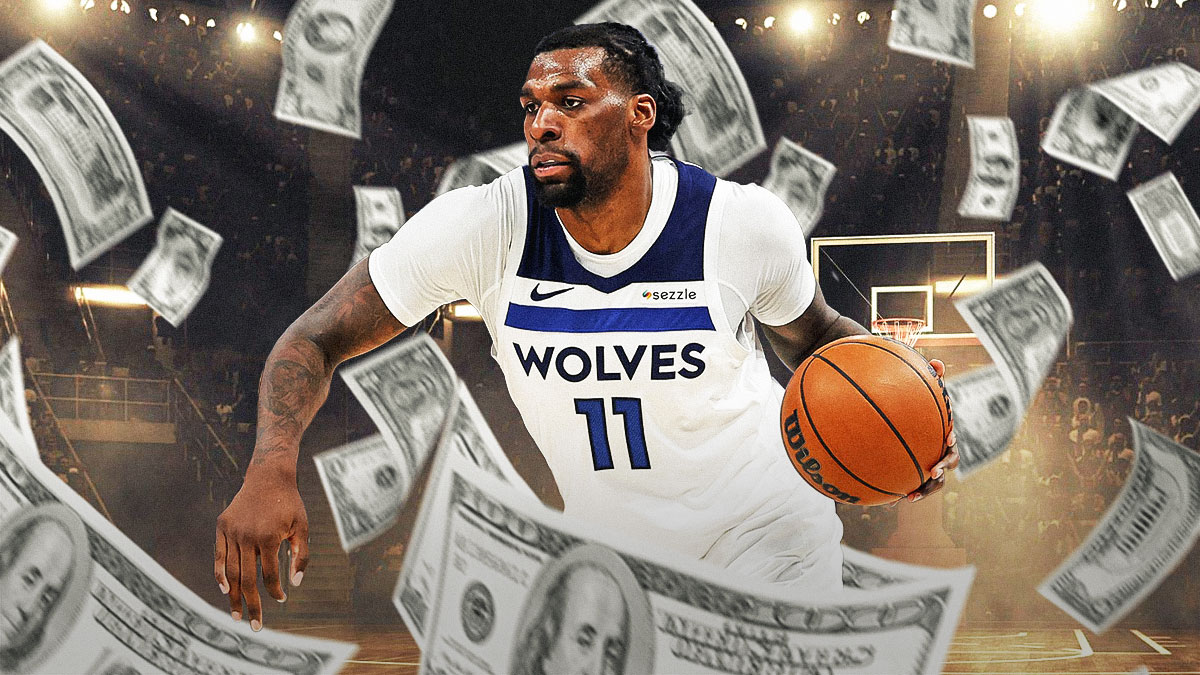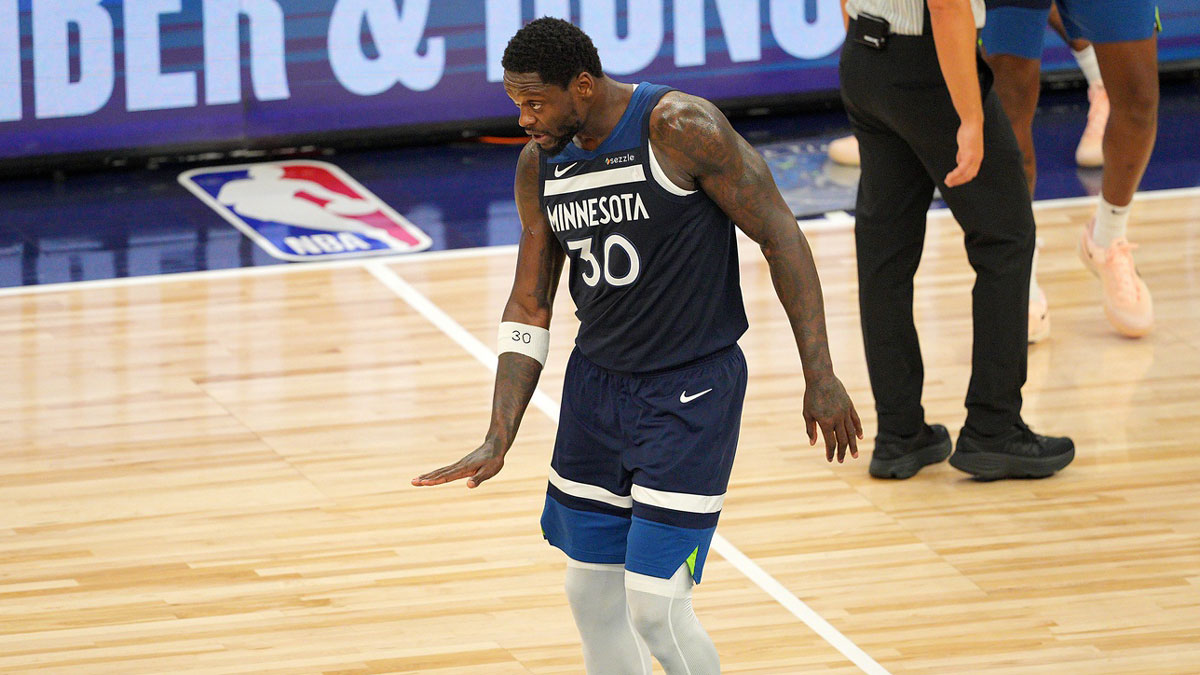After months of turmoil, the Minnesota Timberwolves have cleansed their locker room of the toxicity that had engulfed the franchise.
By agreeing to ship Jimmy Butler and Justin Patton to the Philadelphia 76ers for Robert Covington, Dario Saric, Jerryd Bayless and a 2022 second-round pick, the T-Wolves brought an abrupt end to the dysfunction that had run rampant since Butler's trade demand leaked in mid-September. Though the four-time All-Star is unquestionably the best player involved in the trade, his departure may wind up being addition by subtraction for Minnesota.
“From a moving-on standpoint, it's definitely a good thing,” Wolves forward Anthony Tolliver told ESPN.com's Malika Andrews in reference to the deal. “Guys can just get the cloud from over our heads and just go out and play basketball.”

As Jon Krawczysnki and Shams Charania of The Athletic chronicled, the Butler drama has loomed large since mid-September, if not longer. Dating back to the summer, both Joe Cowley of the Chicago Sun-Times and Sean Deveney of Sporting News reported Butler had grown frustrated with his younger teammates, most notably Karl-Anthony Towns and Andrew Wiggins.
Though Towns repeatedly refused to address the reported tension between himself and Butler, Chauncey Billups suggested on ESPN's The Jump that there was a “black cloud” over the team so long as Butler remained in the fold.
The Timberwolves no longer have to concern themselves with that. They no longer have to answer nightly questions about whether Butler would play or sit out due to “general soreness.” They no longer have one of their star players emasculating their two other franchise cornerstones. Instead, they can finally begin to move forward.
In a basketball sense, losing Butler won't be easy to overcome. When healthy and engaged, he's a top-15 player leaguewide. Few wings possess his two-way upside, as he's adept at creating for himself and others on offense while smothering opposing stars on defense. Despite missing 23 games last season, Butler ranked second on the team in win shares and a host of other advanced metrics.
Covington and Saric are talented, starting-quality players, but they won't be able to single-handedly replace what Butler brought to the table. Then again, the Timberwolves may not need them to.
Whereas Butler is a high-usage wing offensively, Covington will slot in primarily as a three-point threat. He's grown more adept at creating off the dribble this season—the Celtics relentlessly exploited his inability to do so in the playoffs last spring—but nearly 66 percent of his shot attempts have come from three-point range over the past two seasons. He took a whopping 6.3 catch-and-shoot three-pointers per game last season, drilling them at a 37.9 percent clip, compared to Butler's 1.8.

Covington isn't as stifling as Butler as an on-ball defender, either. But as his first-team All-Defensive nod from last season suggests, good luck finding many wings better than him at off-ball defense—something which is sure to endear him to head coach Tom Thibodeau.
Last season, Covington was tied with Paul George for the league lead in deflections per game (3.9), and he ranked in the top 25 of contested shots per game among players under 6'10”. His defensive awareness helps him recover when opposing players blow by him, which will make him an invaluable addition to the Wolves on that end of the floor.
While Covington fits into the three-and-D designation cleanly, there's no such label to define Saric's game. He's a herky-jerky, do-the-dirty-work glue guy who can frustrate with his inconsistency behind the three-point arc one minute and then battle for a contested rebound and score an and-1 the next. His game is the antithesis of aesthetically pleasing, but it's effective nevertheless.

Whether Saric supplants Taj Gibson in the Wolves' starting lineup remains an open question. Covington figures to slide into Butler's vacant starting spot, if for no other reason than to provide additional spacing on offense, but Gibson is a tried-and-true Thibodeau vet. It may behoove Saric to come off the bench at first, as he's far more capable of creating on offense than Gibson, which could make him an anchor of Minnesota's second unit alongside Derrick Rose and rookie forward Josh Okogie.
That's where this deal could behoove the Wolves in terms of on-court value, too. While they traded away the best player, swapping out one rotation member for two could pay enormous dividends, especially given Thibodeau's tendency to shorten his rotations and play only eight or nine guys on a given night.
“We wanted quality players,” Thibodeau told reporters Monday in reference to the Butler trade. “I think that was important for us. To get two starters off of a team that won 52 games, and they're both young, and they're gonna get better, and both are very good defensively, they both shoot the three, so we think they fit well with the guys we do have. And so once we got to that point where we felt we were getting multiple rotational players, then we felt that it would be time to execute the deal.”
Butler had long taken umbrage with Thibodeau's minutes distribution. Last December, after playing a season-high 43 minutes in an overtime win over the Los Angeles Clippers, he half-jokingly said, “Yeah, we need to talk to Thibs. These [40-minute games] are starting to add up.”
Butler finished in a tie with Milwaukee forward Giannis Antetokounmpo for the second-most minutes per game last season (36.7), while Wiggins (36.3) and Towns (35.6) were also in the top 15 leaguewide. Gibson (33.2) and starting point guard Jeff Teague (33.0) weren't far behind, while Minnesota's bench averaged the fewest minutes of any reserve unit across the NBA.
That remained a talking point this season, too. When Sam Amick of The Athletic reminded Butler that he played 41 minutes against the Sacramento Kings last Friday, Butler immediately replied, “That s–t has to stop.” When Amick asked why, Butler said, “We've got f–king 14 other guys.” He later added, “We've got to instill confidence in everybody. I think my confidence is high enough. I want all my guys to be successful, man. I want all these guys to play.”
Thibodeau's lopsided minutes distribution dates back to his time with the Chicago Bulls, and itlikely played a part in his demise there, too. He may be too stuck in his ways to reverse course entirely. But by replacing Butler with Saric and Covington, he now has even less of an excuse to keep playing his starters heavy minutes than he did before (barring injuries).
Leaving Minnesota was clearly in Butler's best interest, but trading Butler was in Minnesota's best interest as well. Rather than losing him for nothing as a free agent in July, the Wolves now have Covington in the first year of a four-year, below-market contract, and Saric is locked up on his rookie deal for this season and next. There's a more logical pecking order on offense, and the bench unit should provide more punch regardless of whether Saric or Gibson starts at the 4.
The Butler experiment blew up in the Wolves' faces and cost them valuable assets—they effectively swapped Kris Dunn, Zach LaVine and Lauri Markkanen for this Saric-Covington package—but they wisely didn't compound mistakes and allow a sunk cost to fester.
Moving on from Butler may not have been easy, but it could benefit the team in the long run.

